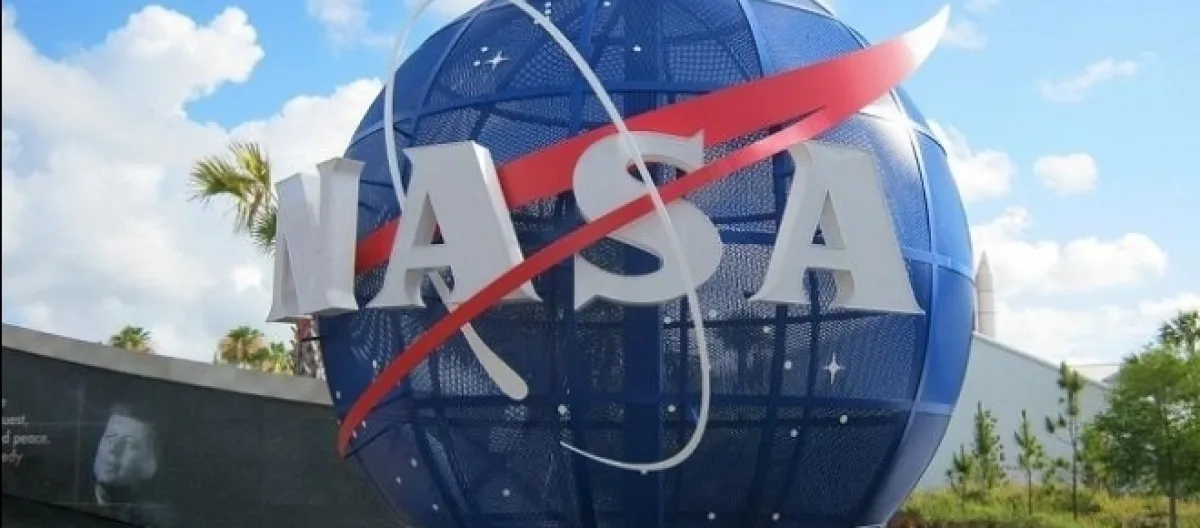NASA has announced a US$ 100,000 prize for designing lightweight, low-cost aerosol sensors with abilities to monitor the quality of air on Earth as well as in space environments.
Aerosols are the tiny particles that remain suspended in Earth’s atmosphere. When sufficiently large in size, these particles start scattering sunlight, thus causing reduced visibility (haze) on Earth.
Aerosols are also believed to act as sites for chemical reactions in the atmosphere, resulting in the destruction of ozone in the stratosphere. Volcanic aerosols, desert dust, and human-made aerosol are the three main types of aerosols that significantly affect the climate of Earth. These particles also cause a wide range of health problems to people who come in contact with them.
Aerosol sensors
NASA wants to develop aerosol sensors that can monitor the quality of air in space as well as on Earth. The space agency has now joined hands with the Robert Wood Johnson Foundation to announce a competition that asks individuals/teams to design efficient aerosol sensors able to work in environments where people might come in contact with airborne particles.
Paul Mudgett, a scientist working at NASA’s Biomedical Research & Environment Sciences Division, explains that particulate sensors are vital for the success of long-term space missions. The aerosol instruments currently in use are big in size, lacking the level of sensitivity required for long-term space missions. Mudgett hopes that NASA’s new collaboration with the Robert Wood Johnson Foundation would help space agency close this gap.
Earth and Space Air Prize competition
Individuals/teams taking part in Earth and Space Air Prize competition will need to submit the design of an aerosol sensor which is not only efficient and lightweight but also durable, low cost, and easy to use.
The Earth and Space Air competition will have two phases.
Registrations for the first phase will close on December 13, 2017. Participants will need to submit their sensor design by January 31, 2018. Of all these participants, three finalists will be announced on March 31, 2018, each getting $50,000 for building a prototype of their sensor. These finalists will submit their final prototype to the Glenn Research Center in Ohio by September 30, 2018. NASA will evaluate these prototypes, and the final winner will be announced in mid-October 2018. The winner will receive the grand prize of $100,000.
